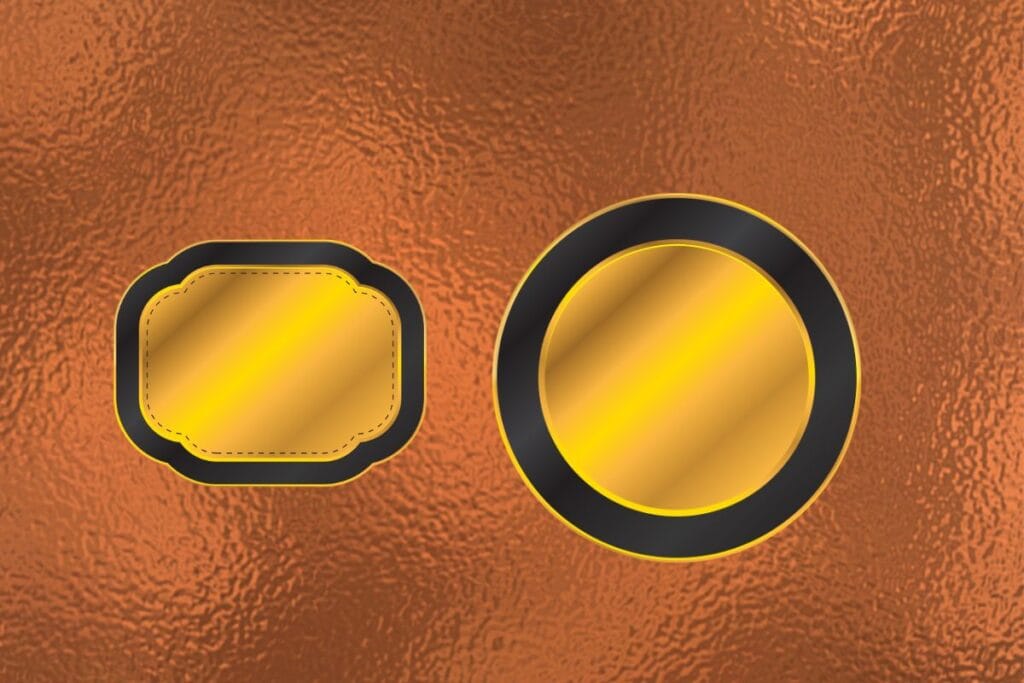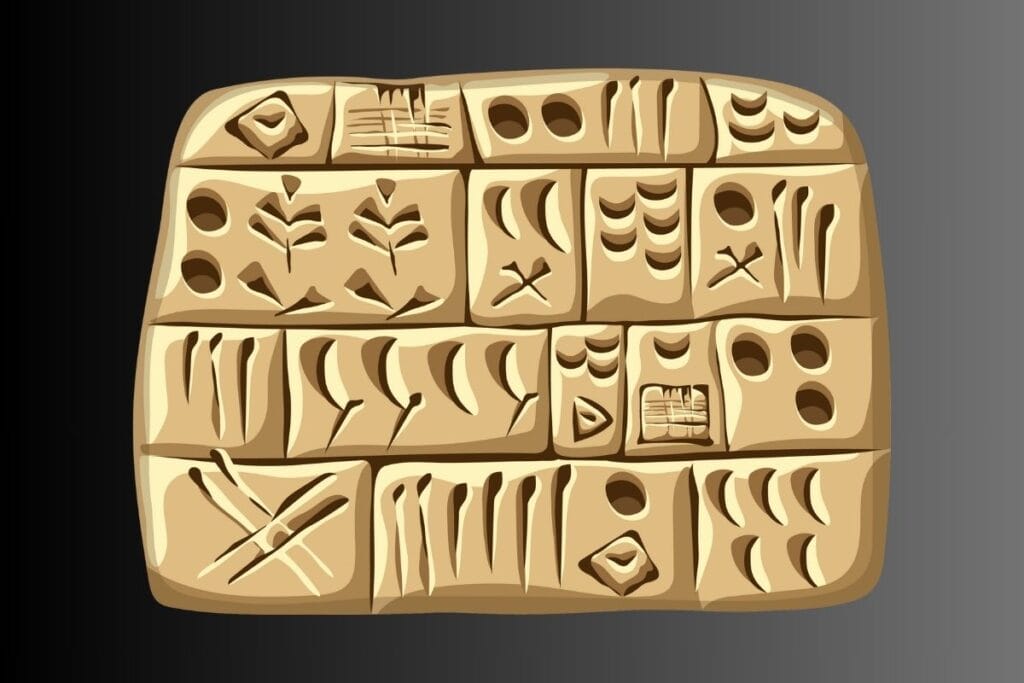
From A.D. 700 to 1200 and then from A.D. 1200 to 1700, we split Indian history into Early Medieval and Later Medieval periods. Luckily, historians have a bunch of sources to look into when studying this time. They can check out things like writings on stones, old buildings, and ancient coins. Plus, there are records from Arab, Persian, and Turkish writers.
These writings give lots of details, especially about the lives of kings, but not so much about regular folks. The people writing these things, like the king’s buddies and record-keepers, usually have a one-sided view. They write in a super fancy way, making the king’s achievements sound even more awesome.
Let’s now check out the different sources historians use to learn about the history of Medieval India.
Sources
- In the quest to understand the past, sources play a crucial role, serving as the evidence or records that aid in reconstructing historical events.
- When delving into the intricacies of political, economic, and socio-cultural changes, we heavily rely on sources.
- Primary sources, such as inscriptions, monuments, and coins, provide invaluable information that contributes to our understanding of historical contexts.
- Other sources, called secondary sources, are things like books, stories, travel tales, life stories, and self-written life stories. These give us more info about history, but they’re not the original records like inscriptions or monuments.
Inscriptions
Inscriptions are writings carved on hard surfaces like rocks, stones, temple walls, and metals. The king’s orders, dedications, and gifts, along with monuments celebrating war victories or honoring fallen warriors, give us a lot of info about that time.
Different types of lands given by the Chola kings are known from these inscriptions and copper plates. They include:
- Vellanvagai – land for non-Brahmin owners
- Brahmadeya – land given to Brahmins
- Shalabhoga – land for schools
- Devadana – land gifted to temples
- Pallichchandam – land donated to Jaina institutions
Copper-plate grants were like official papers and are a big help for historians. But because copper plates cost a lot, people started using palm leaves and paper more from the 13th century onwards.
Copper Plate Grants

- During the later Chola period, from the 10th to the 13th century, they had special documents known as copper-plate grants.
- These papers kept a record of gifts given to priests, teachers, or important individuals who followed Hindu, Buddhist, or Jaina beliefs.
- The papers went into great detail about both the giver and the receiver of the gift.
Stone Inscriptions

- On the flip side, when it comes to writings on stone, it’s a bit different.
- These inscriptions mainly highlight the goodness of the person giving the gift, putting a big spotlight on them.
- Examples of this include the Tiruvalangadu plates from Rajendra Chola I and the Anbil plates from Sundara Chola.
- Also, in Uttiramerur in Kanchipuram district, there are inscriptions that reveal how the village was managed.
Buildings
Buildings like temples, palaces, mosques, tombs, forts, and tall towers are all grouped together under the name monuments.
- The Delhi Sultans brought in a new style of building.
- The monuments they created had arches, domes, and tall towers as the main features.
- The writings on these structures hold a lot of info that helps us piece together the past.
- The medieval monuments in Khajuraho (Madhya Pradesh) and the temples in Konark (Odisha) and Dilwara (Mount Abu, Rajasthan) are important indicators of the cultural changes centered around religion in northern India.
- In Tamil Nadu, the temples in Thanjavur (Brihadeshwara), Gangaikonda Cholapuram, and Darasuram showcase the impressive structures constructed by the Later Cholas.
- Similarly, the Vitala and Virupaksha temples in Hampi highlight the architectural contributions of the Vijayanagara rulers in the 15th century.
In and around Delhi, there are significant mosques from medieval times such as Quwwat-ul Islam Masjid, Moth-ki-Masjid, Jama Masjid, and Fatehpur Sikri Dargah. Another important mosque, Charminar, is located in Hyderabad.
Forts And Mosques

- Agra Fort, Chittor Fort, Gwalior Fort, and Delhi Red Fort hold historical significance, while Daulatabad (Aurangabad) and Firoz Shah Kotla (Delhi) are notable forts.
- Palaces in Jaipur, Jaisalmer, and Jodhpur reflect the grandeur of the powerful Rajput dynasty.
- Qutb Minar, Alai-Darwaza, and the tombs of Iltutmish, Balban, and other Mughal rulers are recognized structures with valuable historical information.
- Ruined cities like Firozabad and Tughlaqabad in North India and Hampi in South India serve as rich repositories of medieval Indian history.
Coins
- Coins carry the names of kings along with their titles, portraits, events, places, dates, dynasties, and symbols.
- The metal composition of the coins provides insights into the economic status of the empire.
- Additionally, information about the king’s accomplishments such as military victories, territorial growth, trade connections, and religious beliefs can also be discerned from these coins.
- Muhammad Ghori chose to depict Goddess Lakshmi on his gold coins with his name inscribed, suggesting a likely open-minded approach to religion by this early Turkish invader.
- For studying the era of the Delhi Sultans, copper Jitals, Iltutmish’s introduction of the Silver Tanka, Ala-ud-din Khalji’s gold coins, and Muhammad-bin-Tughluq’s copper token currency are crucial in understanding coinage and the economic conditions of the country during that time.
A jital, containing 3.6 grains of silver, was equivalent to 48 jitals, making 1 silver tanka.
Religious Literature
- Religious literature blossomed with the devotional movement in South India and later in the North, leading to the creation of bhakti or devotional literature.
- The Chola period witnessed an abundance of devotional works such as KambaRamayanam, Sekkizhar’s Periyapuranam, Nalayira Divyaprabhandham, Devaram composed by Appar, Sambandar, and Sundarar.
- Additionally, Manikkavasakar’s Thiruvasagam and Jayadeva’s Gita Govindam (12th century) were products of the Bhakti Movement in South India. Kabir Das, a 15th-century mystic poet, also left an impact on the Bhakti Movement in India.
- In secular literature, Gangadevi’s Madura Vijayam and Krishnadevaraya’s Amuktamalyatha provide insights into events and individuals associated with the Vijayanagara Empire.
- Chand Bardai’s Prithiviraj Raso narrates the valor of the Rajput king.
Arab And Turkish Accounts
- Notably, Kalhana’s Rajtarangini (11th century) is the sole Indian account for pre-Islamic periods, providing an exception to the lack of records about the Turkish invasion of India.
- Under the patronage of Sultan Nazir-ud-din Mahmud from the Slave Dynasty, Minhaj-us-Siraj penned Tabakat-i-Nasiri, covering the period from the conquest of Muhammad Ghori to A.D. 1260.
- Named after his patron, the compendium provides historical insights.
- In the 13th century, Hasan Nizami, a Ghazni migrant, authored Taj-ul-Ma’asir toward the end of Iltutmish’s rule.
- This work offers information about Qutb-ud-din Aibak and is regarded as the first official history of the Delhi Sultanate.
- Zia-ud-Barni, a courtier of Muhammad Tughluq, wrote Tarikh-i-Firoz Shahi, delving into the history of Delhi Sultanate from Ghiyas-ud-din Balban to the early years of Firoz Shah Tughluq’s reign. Ferishta’s Tarikh-i-Frishta (16th century) focuses on the rise of the Mughal power in India.
Tabakat is an Arabic term denoting generations or centuries, Tuzk is a Persian word for autobiography, and Tarikh or Tahquiq are Arabic words signifying history.
In the 16th century, Emperor Babur’s Babur Nama and Abul Fazal’s Ain-i-Akbari and Akbar Nama offer in-depth insights into the lives of these two rulers. In the 17th century, Jahangir documented his experiences in Tuzk-i-Jahangiri, shedding light on the era. Beyond imperial autobiographies, Nizam-ud-din Ahmad’s Tabakat-i-Akbari is considered more reliable than the exaggerated account by Abul Fazal.
Similarly, Badauni’s notable work, Tarikh-i-Badauni (Badauni’s History), was published in 1595, spanning three volumes. The volume covering Akbar’s reign provides a candid and critical assessment of his administration, especially his religious policies.
Marco Polo, a Venetian traveler, explored the burgeoning Pandya kingdom during the 13th century when it emerged as a prominent Tamil power. Polo visited Kayal, a port city in present-day Thoothukudi district of Tamilnadu, witnessing a bustling hub of Arabian and Chinese ships. He shared that he arrived in Kayal by ship from China and noted the significant import of thousands of horses into southern India from Arabia and Persia.
In the 11th century, Al-Beruni accompanied Mahmud of Ghazni during one of his campaigns, residing in India for a decade. Al-Beruni provided the most precise account of Mahmud’s Somnath expedition. As a learned scholar, he extensively traveled India, learning Sanskrit and delving into the country’s philosophy. His book, Tahquiq-i-Hind, discusses Indian conditions, knowledge systems, social norms, and religion.
Ibn Battuta, a 14th-century Arab-born Moroccan scholar, journeyed from Morocco through North Africa to Egypt, Central Asia, and India. His travelogue, Rihla (The Travels), offers detailed insights into the people and countries he encountered. According to Ibn Battuta, Egypt prospered due to its pivotal role in the Indian trade with the West. He documented the caste system and the practice of sati in India, highlighting the vibrant trade conducted by Indian merchants in foreign ports and the presence of Indian ships in the seas. He described Delhi as a vast and magnificent city, recalling the time when Sultan Muhammad bin Tughluq relocated the capital from Delhi to Devagiri (Daulatabad), rendering the former city desolate.
In the Southern region, Vijayanagar attracted numerous foreign visitors who meticulously documented their accounts of the state. Nicolo Conti, an Italian, visited in 1420, while Abdur-Razzaq arrived from Heart (the court of the Great Khan in Central Asia) in 1443. Domingo Paes, a Portuguese traveler, explored the city in 1522. Their recorded observations serve as valuable resources today, offering insights into the glory of the Vijayanagar Empire.
Summary:
- The periods from A.D. 700 to 1200 and from A.D. 1200 to 1700 are categorized as the Early Medieval and Later Medieval periods in Indian history.
- Sources are classified into primary and secondary sources.
- Inscriptions on stones, rocks, temple walls, and copper-plate grants containing royal orders and court events, which hold evidentiary value, are discussed.
Sources of Medieval Indian History GK MCQs With Answer & Explanation in English



